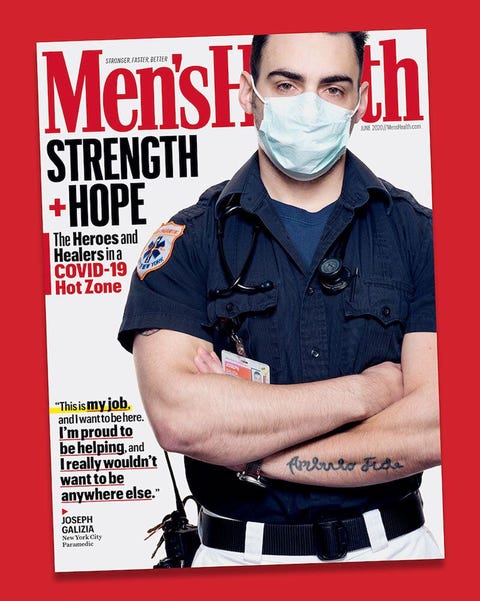This 3-Week Program Will Pump Up Your Chest
In his latest video, Athlean-X founder Jeff Cavaliere C.S.C.S. breaks down a pushup workout program that is structured to improve your endurance and give you chest gains, along with some benefits for other upper body muscle groups including the triceps and shoulders.
Designed to be as efficient as possible, the program is not about churning out endless reps, but improving your pushup ability as quickly as possible by dividing your workouts into a two-tiered structure. Cavaliere separates the program into a testing day, followed by three non-testing days. You’ll go through four blocks of these, then two more testing days at the end.
On the first testing day, do your maximum number of pushup reps to failure, followed by a 2-minute rest. Then try to do 1.5 times that number, using a “grinder-style” approach where you can rest in the upper position of the pushup, and shake one arm out at a time.
On the non-testing day, you’ll start by doing pushup variations such as diamond cutters or plank walkups in a rest/pause fashion, to a number of reps just shy of your previous failure point. Then, after a 2-minute rest, you’ll do standard pushups, with a rep count 10 percent higher than your test day max. Just like with the variations, you can do these in a rest/pause format.
“We’re going to accumulate a lot of pushup volume over the 22 days, and want to be sure we’re not incurring any additional stress on our joints or muscles than we have to,” says Cavaliere.
The following non-test day, you’ll increase the standard pushups to 20 percent more than your original max, and 30 percent the day after that.

.
Subscribe to Men’s Health
SHOP NOW
That leads into your next testing day, where you’ll ideally set a new rep max for the subsequent three non-testing days, which will follow the same progression pattern. All of this culminates in your final test day, where you’ll take your original rep max from the first day, and do an additional 50 per cent, unbroken.
“It doesn’t matter where you start,” says Cavaliere. “What matters is where you finish.”
Source: Read Full Article


